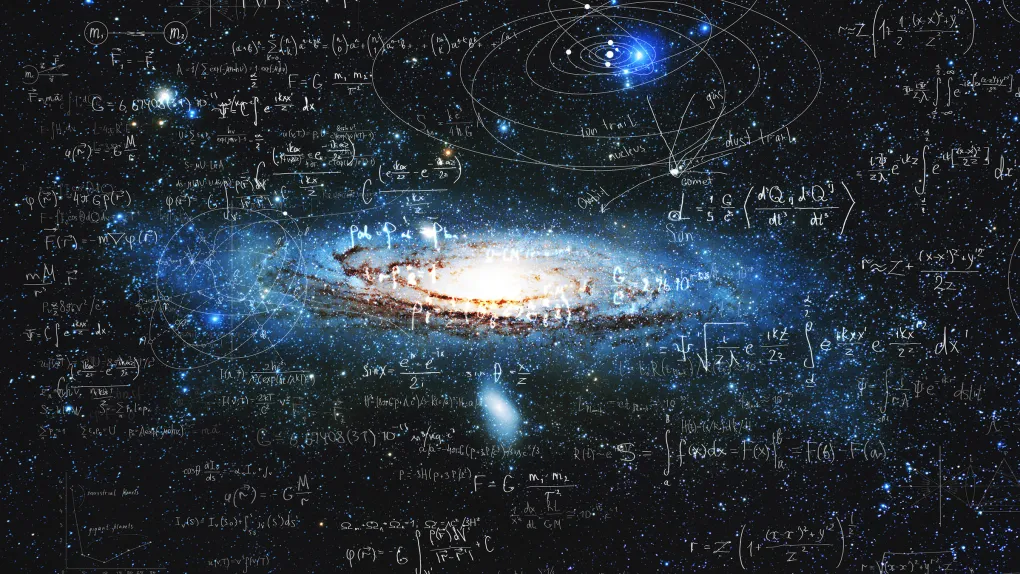According to a recent preprint study that has not yet undergone peer review, researchers may have discovered the first observational evidence in favor of string theory, a theoretical framework in physics that combines general relativity with quantum mechanics. The researchers concluded from their data analysis that space-time behaves in a “profoundly” quantum manner at the tiniest scales.
String theory has long predicted the implications of this quantum space-time, linking it to dark energy, which is thought to be the cause of the universe’s accelerating expansion. The study also discovered that the pace at which this acceleration diminishes with time was consistent with the most recent Dark Energy Spectroscopic Instrument (DESI) measurements.
According to LiveScience, study co-author Michael Kavic, a professor at SUNY Old Westbury, stated, “If you look at it through the prism of our work, you could think of the DESI result as the first observational evidence supporting string theory and perhaps the first observable consequences of string theory and quantum gravity.”
According to scientists’ examination of DESI data last month, dark energy may be waning over time. If their theory is correct, cosmology may require a whole new paradigm.
“This hints at a deeper connection between quantum gravity and the dynamical properties of nature that had been supposed to be constant,” Mr Kavic said. “It may turn out that a fundamental misapprehension we carry with us is that the basic defining properties of our universe are static when in fact they are not.”
What is string theory?
In an attempt to combine quantum physics with Albert Einstein’s theory of relativity, which explains all of physical reality, string theory was first proposed in the 1960s and 1970s.
According to the hypothesis, quarks and electrons, which are thought of as zero-dimensional objects, are actually tiny, vibrating strings.However, string theory needs more than the four spacetime dimensions—including time—that are currently perceived by humans in order to function mathematically. The majority of the theory’s iterations suggest ten or eleven dimensions.
What is dark energy?
Nobody is aware. It does not interact with light or matter and is invisible. Furthermore, it could not even exist. But for a long time, scientists have accepted the inflationary universe theory, which holds that a mysterious force known as “dark energy” drove the expansion of the young cosmos at the beginning of the Big Bang, some 14 billion years ago.
According to a study that was released last year and was based on DESI data, researching black holes could help identify the circumstances that gave rise to dark energy. The study showed that the density of dark matter rose with time, which is consistent with the fact that the mass and quantity of black holes increased as the universe became older.












